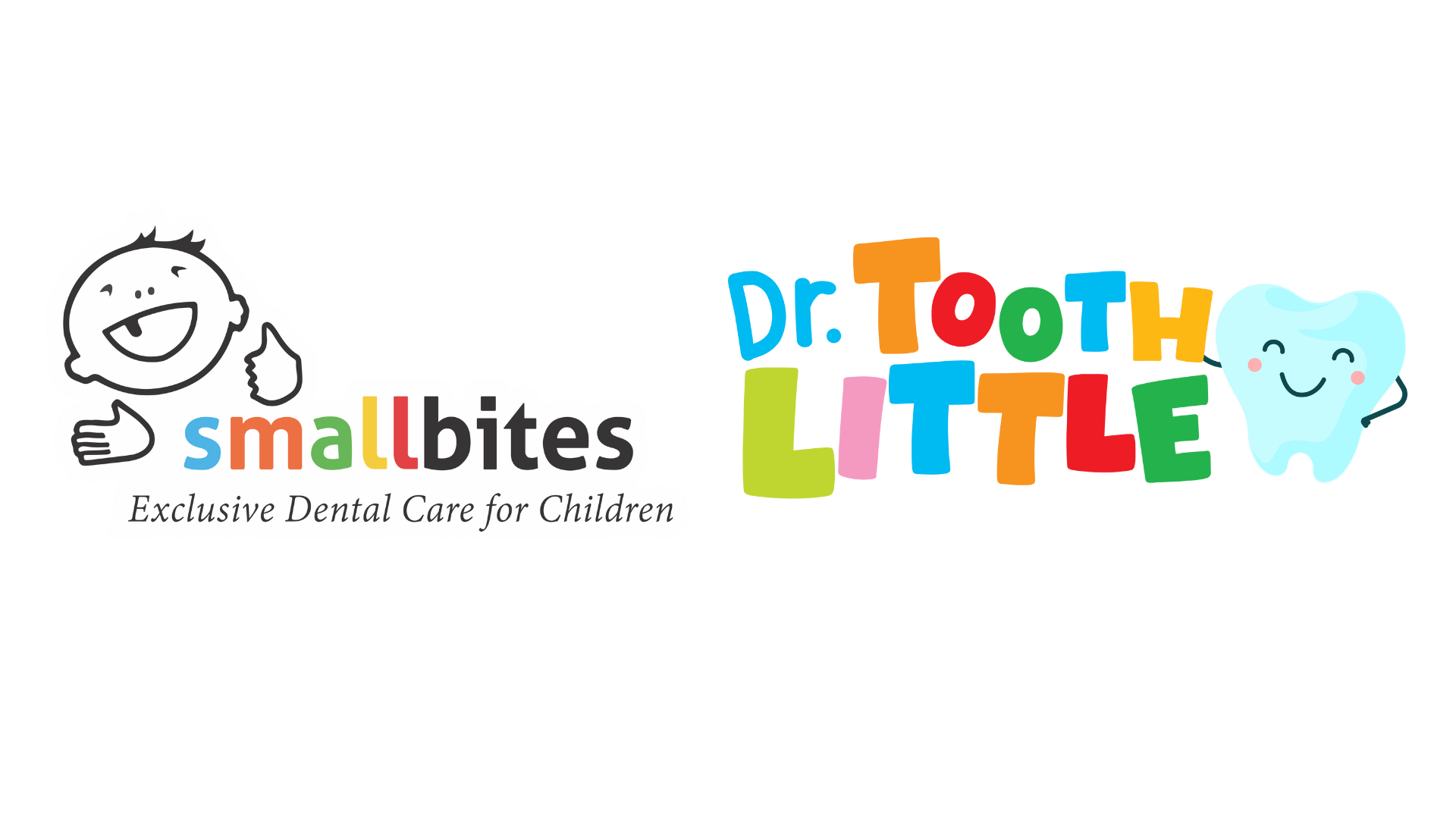What causes dental cavities in children?
Whenever you have food or drink containing sugar, it reacts with the bacteria in your mouth to produce acid. Dental plaque, a sticky layer which builds up on your teeth, contains bacteria. The acid attack lasts for at least 20 minutes, but often much longer if food becomes stuck on the teeth or snacking is continuous or frequent. In time, the acid will dissolve the outer enamel surface of the tooth.
In the early stages of decay, the enamel can repair itself by taking in minerals from saliva. Fluoride can also help to strengthen tooth enamel. However, if food and drink containing sugar or acid are consumed frequently between meals, more destruction than repair of enamel occurs. A dental cavity is formed when the enamel layer crumbles, bacteria enter and the decay process spreads rapidly. After this point, the cavity will not ‘go away’ without treatment.
What are the early signs of dental decay in children?
- One of the earliest signs of decay is a white spot on the tooth surface. This is usually difficult for parents to see.
- As Dental decay progresses you may notice a light brown discolouration and pitting of the enamel.
- Teeth may become sensitive to hot and cold as a cavity develops.
What are the treatments available for Dental Cavities ( Holes In Teeth) at Small Bites Children Dental Clinic, Bangalore?
Fillings
If the dental decay is in the enamel or dentine layer only(not affecting the nerve of the tooth) the decay can be removed and a filling placed in the cavity.
The two most commonly used filling materials for children’s teeth are:
Glass Ionomer Cement
- Adheres directly to tooth enamel and dentine and so helps prevents leakage around the edge of the filling.
- Releases fluoride which can help prevent further decay.
- Glass Ionomer is quite brittle and prone to wear and so it is usually used in areas which are not under a lot of pressure from chewing.
- Reinforced Glass Ionomers have recently been developed which can be used in higher stress areas, such as the biting surfaces of the teeth.
- It is quicker and easier to place than composite and is therefore popular for use with young children where cooperation for treatment is often more difficult.
- Glass Ionomer is tooth coloured but the appearance and shade matching is not usually as good as with composite fillings.
Composite filling
- Composite fillings come in many shades which match and blend in well with the tooth.
- A bonding agent is used to adhere the filling material to the tooth.
- A blue light is often used to give faster setting of the filling.
- Composite is stronger and more wear resistant then glass ionomer.
Pulpectomy or pulp therapy
If the dental decay has started to affect the area containing the nerve of the tooth (the pulp), a pulpectomy is often required. See the section in this website, “Pulpectomy and pulp therapy” for more information.
Care for your Child’s Dental health from the Comfort of your Home!
Book Online Appointment

